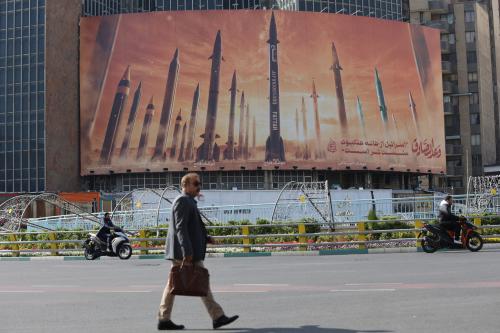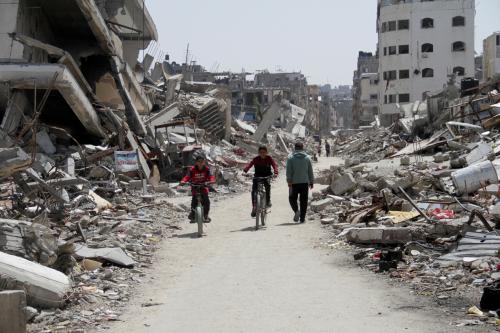Executive Summary
The Middle East region is rent by a complex set of problems. These challenges include dictatorial and failing regimes, lack of socio-economic progress in the last generations, political violence, warfare, growing Islamist opposition, and terrorist activity. However, it now faces a less well-known, but perhaps even more difficult predicament: demographics.
The rates of population growth across most of the region are either still expanding, such as in Saudi Arabia and Yemen, or have yet to shrink from a high growth rate. Indeed, in Egypt, Pakistan, Algeria, Morocco, the population growth rate will not likely decrease until 2025; in Iraq, it likely will not decrease even by 2050. Of the major states, only Iran and Turkey show any clear signs of coping with the problem of ever bigger and younger populations.
The existence of a relatively large youth cohort within the population of Middle Eastern societies serves to exacerbate nearly all dimensions of its political, social and economic problems. It is youth that often translates broader social problems into an explosive and radicalizing mixture. Particular states that seem to offer particularly threatening demographic scenarios include Yemen, Saudi Arabia, Pakistan, and Iraq.
The rapid population growth is such that youths under the age of 24 now make up 50-65 percent of the population of the Middle East. This places immense strains on the entire infrastructure of the state, especially on educational services that are already poor and declining in quality, and creates greater dissatisfaction among the most volatile elements of society. Social services need to be expanded as well to meet the growing population, but most states have been failing to meet the challenge. The slack is then usually taken up by Islamist organizations that are able to provide many of these services and gain increased support from the population. States likewise cannot employ the growing number of university graduates, heightening overall unemployment, also a volatile force.


